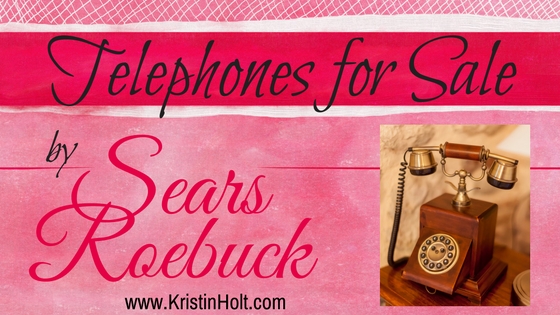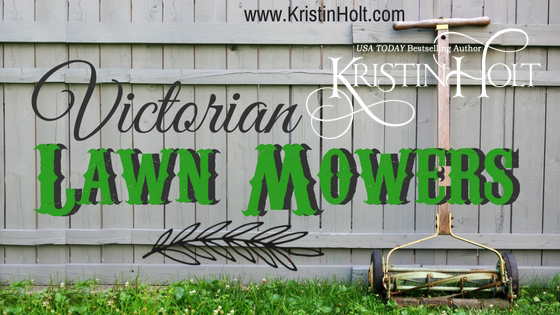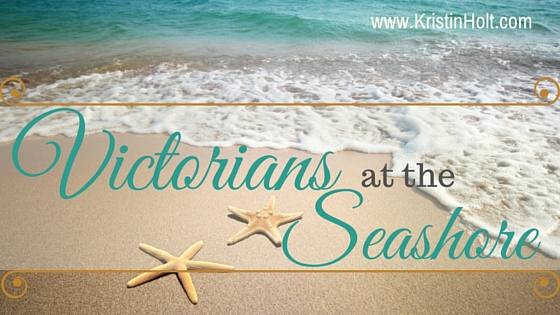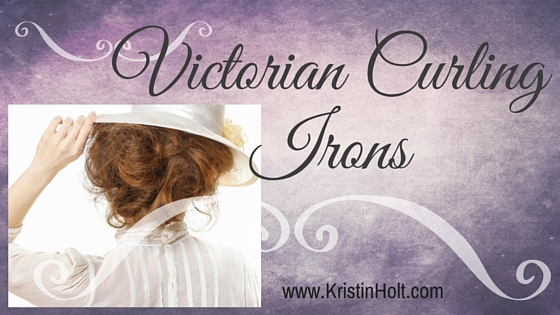
by Kristin Holt | Sep 1, 2016 | Articles
Along with just about anything a late 19th century household could desire to obtain, Sears, Roebuck & Co. offered telephones for sale. Sears offered the newest telephone technology…until the turn of the century. The 1902 catalog is devoid of telephones. Any idea why?

by Kristin Holt | Aug 29, 2016 | Articles
The rotary lawnmower was first patented in England in 1830. The new invention replaced the centuries’ reliable scythe in keeping lawns trimmed and neat. Americans jumped on that bandwagon, and lawnmowers became popular by the late 1860’s. Lawnmowers were advertised in newspapers of the day as well as mail-order catalogs like Sears and Montgomery Ward’s.

by Kristin Holt | Aug 17, 2016 | Articles
Pop Quiz! Were screen doors (and window screens) invented BEFORE or AFTER 1870? Do you know?
This article includes images of the screen doors on historic homes (taken recently), images from Sears Roebuck & Co. Catalog and Montgomery Ward & Co. Catalog, as well as historical information about why and how screens were invented during the Victorian era, as well as a solid answer about whether these household basics were invented before or after 1870. The answer just might surprise you.

by Kristin Holt | Jul 21, 2016 | Articles
You’re likely familiar with Victorian-era “bathing costumes”–puffy dresses with pantaloons that still leave much to the imagination, thereby protecting the Victorian sense of propriety and decency. Inside this article, I share images of men’s bathing suits, attitudes (about bathing suits) expressed in United States newspapers of the day, and informative glimpses into a man’s view of a woman’s reasons for bathing in the sea before an audience…or not. A romantic tragedy on Coney Island in 1875 illustrates the dangers of the Victorian’s passion with immersing themselves in the sea.

by Kristin Holt | May 15, 2016 | Articles
American women in the late Victorian Era often cut and curled bangs at the forehead. Many photographs (cabinet cards) show this hairstyle, with the rest being upswept and pinned, as women grew their hair to amazing lengths–all except those stylish bangs. If the curls about the forehead were not a hair piece (purchased by mail), then they most often required a curl. Victorian curling irons (their prices, designs, and heating methods) might surprise you–after all, it’s not (only) like Laura Ingalls Wilder described in her fictionalized memoirs of coming of age and cutting her hair in this style.













